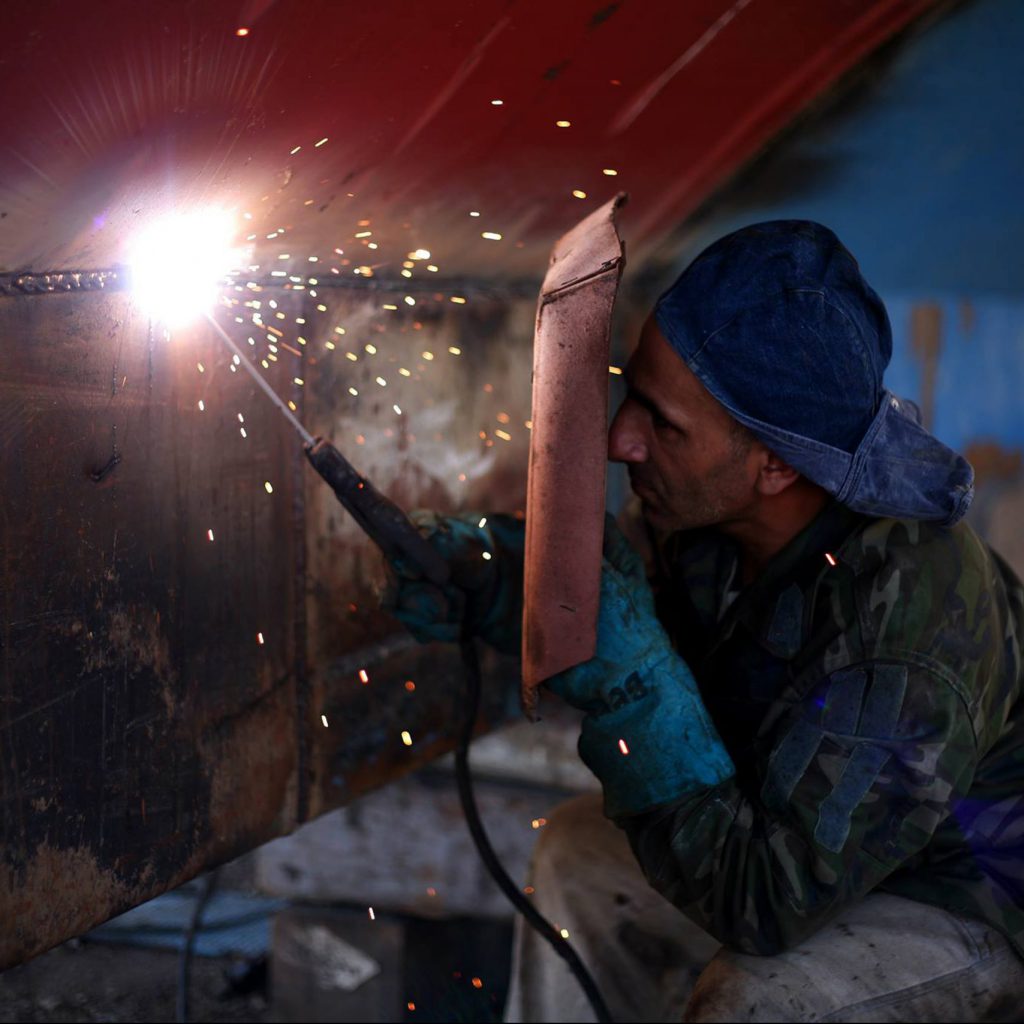Reduction of insurance costs
Cradle to Grave traceability Part 4
When things go wrong in the oil and gas industry, the consequences are often disastrous. Not merely financially, but also for the environment. And despite the fact that the industry has been pushing its own standards of safety for decades, better-monitored safety margins are a welcome addition in order to continue pushing those standards in the years to come.
In this article we talk about the effects that traceability can have on reducing insurance costs.
Reducing the insurance risk profile
Most companies in the oil and gas industry depend on large insurance companies for their insurances. These companies determine the fee a company has to pay based on the estimated risk profile. By having a proper understanding of your assets, you can ensure that the risk profile is lower. But in order to gain an even better understanding of the properties and wear and tear of individual products, the current paper-based society is a tricky foundation.
Similar challenges apply to self-insured companies.
Some large companies are self-insured and do not pay a fee to an insurance company but instead to the parent company. So also for larger companies it is important to reduce costs and minimize the risk profile. Because eliminating a risk is always cheaper in the long-term than paying an insurance fee.
Insight into assets lowers risk profile
Currently, most of the risks are avoided by the early replacement of assets or parts. This is of course a convenient way to avoid risks, but it is also time-consuming and involves unnecessary costs. Cradle to Grave traceability changes this by tracking all steel products from creation until the moment of recycling. By creating an online platform supported by blockchain technology, it is possible to store information about all steel products in one central place and view them at any given time.
SteelTrace has built such a platform and below we give three examples as to why using this platform in the steel industry contributes to reducing insurance costs:
1. Heat information
Within one single heat, different products are created that have virtually the same properties. Will a product from a certain heat break down due to a production error or a wrong chemical composition? Then you can see exactly which other products from the same heat you are using and then closely monitor them. This is risk-reducing and contributes to safer use of your assets.
2. Indelible history of assets
When all steel assets are listed in one online database, the history of those assets is indelible. That means you know exactly who has done what and when certain properties were tested and verified. Information can be traced back to people who submitted the information, so personal liability reduces fraud and the risk of using faulty products.
3. Companies warn each other
In the oil and gas industry, competition plays a role, of course, but solidarity is just as important. Why is that? Well, because one big mistake can create a detrimental ripple effect for the entire industry. Also in the area of insurance. The common goal is therefore to collectively demonstrate that everything in the industry is proactively safe. As soon as companies start warning each other about production errors, wrong chemical compositions and other causes of errors, the risk profile of the entire industry decreases, benefiting everyone.
SteelTrace
That the ability to trace steel products throughout the entire supply chain is very important is obvious. SteelTrace strongly believes that by using an online platform along with blockchain technology, the oil and gas industry can go through a positive transformation. This is where the industry is driving too. A place where due diligence is not just done by people, but by a system. So that fake products don’t get a chance, the risk profile of the entire industry is lowered, the risk of human error is reduced,costs are spared and safety is impactively improved.
- Leave a better legacy for future engineers – Cradle to Grave traceability (Part 1):
- Improve the value of assets. Cradle to Grave traceability (Part 2)
- life extension of assets in the oil and gas industry. Cradle to Grave traceability (part 3).
- Traceability improves recyclability: reduction of carbon footprint
- Connecting the entire supply chain with one specifications checker




